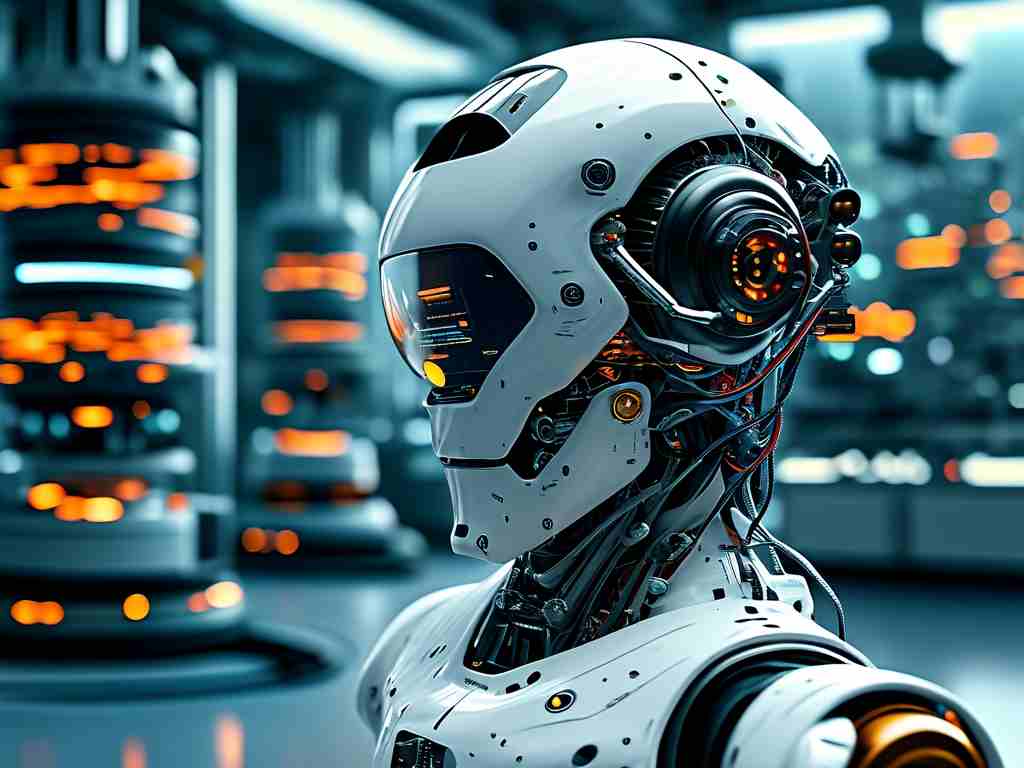The robotics industry is undergoing a transformative phase, with enterprises leveraging cutting-edge technologies to redefine automation, precision, and operational efficiency. From manufacturing to healthcare, robotics solutions are breaking barriers and setting new benchmarks. This article explores the latest advancements in enterprise robotics and their real-world applications.

AI-Powered Decision-Making
Modern robotics systems now integrate advanced artificial intelligence (AI) frameworks to enhance decision-making capabilities. For instance, companies like Boston Dynamics and ABB are deploying robots equipped with reinforcement learning algorithms. These systems analyze real-time data from sensors to adapt to dynamic environments. A case in point is warehouse robots that reroute paths autonomously during inventory fluctuations, reducing downtime by 22% in pilot programs.
Collaborative Robotics (Cobots)
Collaborative robots, or cobots, are reshaping human-robot interactions. Unlike traditional industrial robots confined to safety cages, cobots like Universal Robots’ UR10e feature force-limiting joints and vision systems to work alongside humans. A recent automotive assembly project by Toyota reported a 35% productivity boost after integrating cobots for precision tasks like screwdriving and component alignment. This hybrid workforce model is gaining traction in sectors requiring high adaptability.
Edge Computing in Robotics
Edge computing has emerged as a game-changer for latency-sensitive applications. By processing data locally on robotic devices instead of relying on cloud servers, enterprises achieve faster response times. Fanuc’s FIELD system exemplifies this trend, enabling CNC machines to execute micro-adjustments within milliseconds during high-speed manufacturing. Early adopters in aerospace have observed a 17% reduction in material waste through real-time defect detection powered by edge AI.
Autonomous Mobile Robots (AMRs)
AMRs are revolutionizing logistics with their ability to navigate unstructured environments. Companies such as Locus Robotics and Fetch Robotics deploy AMRs using simultaneous localization and mapping (SLAM) technology. A notable implementation occurred at a European pharmaceutical distributor, where AMRs reduced order-picking errors by 40% while operating 24/7 across temperature-controlled zones.
Challenges and Ethical Considerations
Despite progress, robotics enterprises face hurdles. Data privacy remains critical as robots handle sensitive industrial data. The EU’s Machinery Regulation 2023 now mandates encrypted data pipelines for robotic systems. Additionally, the high upfront costs of AI-integrated robotics pose barriers for SMEs—a gap startups like Robust.AI aim to bridge with modular, subscription-based solutions.
Future Outlook
The convergence of 5G, digital twins, and quantum computing promises to accelerate robotics innovation. Hyundai’s recent collaboration with IBM Quantum explores optimizing robot pathfinding through quantum algorithms, potentially cutting energy consumption by 30%. Meanwhile, soft robotics inspired by biomimicry—such as Festo’s octopus-inspired grippers—hint at breakthroughs in delicate material handling.
In , robotics enterprises are not merely automating tasks but redefining operational paradigms. As technologies mature, the focus will shift toward sustainable scaling, interoperability standards, and workforce reskilling programs to fully harness robotics’ potential.









